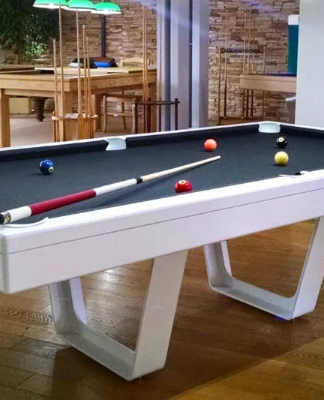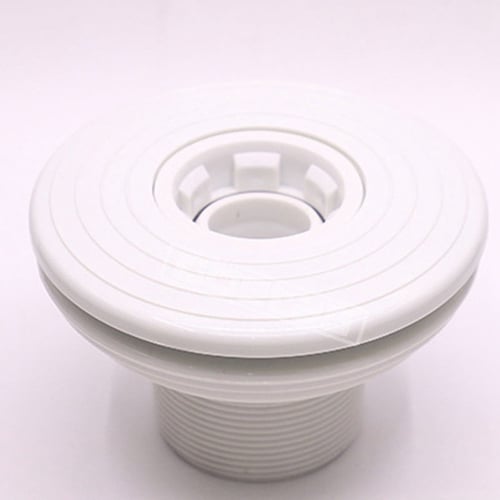
There are many materials that can be used to make snooker pool balls. They are available in a variety colors and generally smaller than standard pool balls. These balls use lighter tips and smaller cues. The size of the table and the rules of the game are similar, so you can use a similar cue. If you have a table and want to play snooker, here are some things to consider.
Snooker pool balls in different colors
There are many different colors for snooker balls. While some are neutral and complement each other, others are more striking. Blue and yellow pool balls are complementary. Other pool balls are made to create a unique look at your table. A set of ultraviolet or granite pool balls will add elegance to your table.
Although most pool balls are made of solid red, snooker uses many different colors. These balls can be yellow, green, brown, or even blue. The cue ball's color is white. There are also stripes balls.
Materials used in the manufacture of snooker pool ball balls
Snooker pool ball are made from a variety materials. They were initially made of wood because it was cheap and easily accessible everywhere. However, this material was not very long-lasting and it easily changed its shape. Fortunately, there were other materials that were deemed as suitable replacements for wood. In the 19th century, the ball was made from ivory. The ivory balls were very expensive and could only be used four times per elephant.

Over time, the materials used to create snooker ball balls has changed. It was easy to work from and cheap, so wood was the first material used. Europeans became more interested in other materials over time, and began to experiment with them. In the seventeenth Century, pool balls were created using elephant tusks.
Size of a snooker-style pool table
Snooker tables are larger than pool tables and have more features and accessories. Players need to be able control the ball, and the playing surface should be smooth. A cloth is used to cover the playing surface. It can be made from nylon or wool. These materials can be expensive but durable and last for many years. Consider the size and materials of the table when choosing the right one for you.
There are three sizes available for snooker. The WPA standard table has wide, angular pockets, while the WEPF table has narrower pockets. WPA tables' pockets are between two and three times wider in diameter than standard snooker balls. The WEPF table uses balls of two to two+1/4 inches (51-54) whereas the WPA standard table uses smaller ball sizes.
Rules of snooker pool games
There are many rules in snooker. Your main goal is to score more points that your opponent. You can do this by potting balls or forcing your opponent to foul a shot. The game begins by flipping a coin to determine who will go first. Each player places the cue ball wherever they see fit within the D-shape. The goal is to make the red ball, which is the highest scoring ball in the game, into the pocket.
It is considered a foul if the cueball touches a ball that cannot go on. If the cue ball hits another ball, the player must play away from the ball. This is true even if another player has nominated a ball.

Available snooker ball balls
Snooker, a game that uses snooker pool tables, is an example of a sport. The set includes twenty-two balls. There are a rack with fifteen red balls and six red balls that are placed at predetermined locations. A white cue ball is also included. Numbering the balls gives an indication of their points value. There are two main types of snooker ball styles: the Aramith style and the English style.
Snooker pool balls are available in a variety of materials. Because it was affordable to produce, the first balls were made out of wood. As Europeans began to appreciate exotic materials, ivory was introduced. By the 17th century, ivory became the preferred material for pool balls. Eventually, however, elephants' tusks became endangered and manufacturers sought to find alternatives.